- Author Lauren Nevill [email protected].
- Public 2023-12-16 18:48.
- Last modified 2025-01-23 15:15.
The prefix "proto-", which came to us from the Greek language, indicates the source, the initial version of something. For example, "protohistory" is the most ancient period of history, what it all began with. Proto-alphabet is a set of characters from which all the same type of alphabets subsequently developed. A prototype in literature is a person whose character or life story served as the basis for creating a character. A prototype in technology is a simplified version of a future technically complex product.
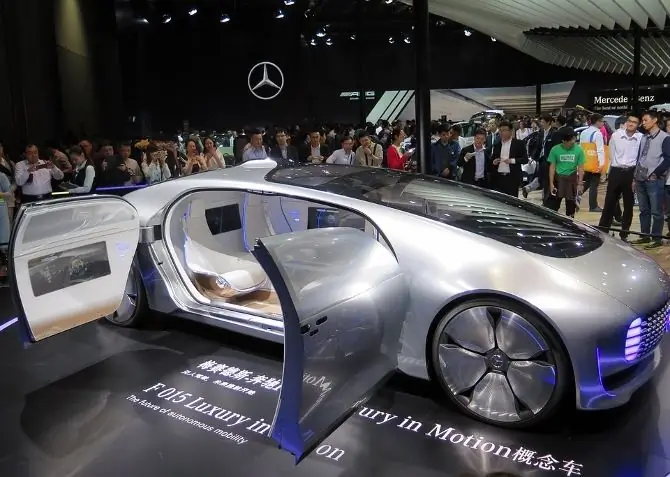
Prototyping tasks
Prototyping is the stage during which a simplified version of the future product is created.
A simplified version can be created in order to understand:
- how the product will look (for example - layouts in architecture),
- how different parts will interact (prototype or engine prototype),
- how convenient the future product will be (website or smartphone app, for example).
Also, a prototype is sometimes needed to see if it will be possible to obtain the characteristics of the future product that we would like.
As a rule, the prototype does not have all, but only the most important properties of the new product. For example, a prototype of a new electric vehicle could be created in order to verify its ability to move on electric traction. At the same time, you can ignore the convenience of management (or their complete absence). It may also be the other way around: a prototype of a new car model is made specifically in order to assess the ease of operation and comfort of the driver and passenger. Prototypes of new car models are often exhibited as concept cars at trade shows. The purpose of such a prototype is to demonstrate to the community of experts the innovations that the developers will include in the model of the car.
Innovative products
The creation and launch of new, innovative products is associated with increased risks and often requires outside investment. An investor who invests in a development team wants to have confidence that they will be able to make the announced product. Therefore, an investor rarely makes a decision to invest in a project until he sees a working prototype.
It happens that product development ends on a prototype. This happens, for example, when the prototype does not convince the investor of the advisability of continuing the project, revealing possible problems in bringing the technology to mass production, the high cost of the final product or the low competitiveness of the product being created. This happened, for example, with the well-known project of the Russian hybrid car "Yo-mobile". In 2013, Mikhail Prokhorov presented several prototypes of the Yo-mobile. In particular, there was a presentation of the innovative development to Putin. However, the prototypes presented did not convince the investment community of the project's prospects, and it was closed due to lack of funding.
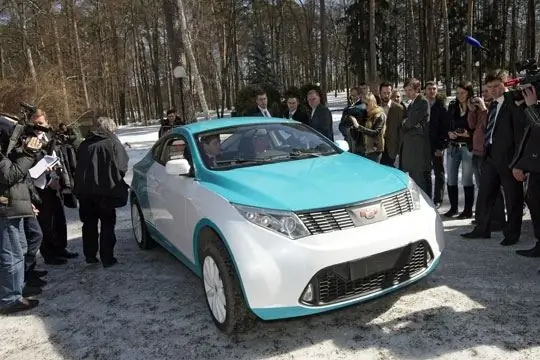
Prototyping in mechanical engineering
A common task of prototyping in mechanical engineering is to assess the interaction of various parts of the mechanism and their movement relative to each other. A prototype can be created from materials that are cheap to manufacture, if it is not required to demonstrate work under load.
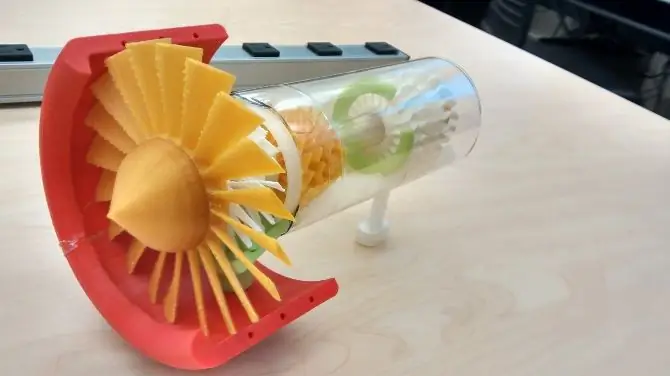
In recent years, prototyping is increasingly associated with additive technologies - 3D printing. Considering that all designers work today in CAD (computer-aided design systems) programs that can export a drawing of a part in formats understandable to a 3D printer, the popularity of this prototyping technology is understandable. Immediately after designing a new part, you can print it on a printer and immediately put it into the assembly of the mechanism.
Prototyping enclosures and controls
Building layouts with controls is one of the most common tasks in instrumentation. Any device must have a housing. A variety of requirements can be imposed on the body. From manufacturability of assembly and ease of arrangement of control elements, to vapor and water tightness or the ability to withstand aggressive environments. Depending on the characteristics tested on the prototype, it can be made from different materials and using different technologies. Sometimes it is sufficient to mold a model of the case from plasticine, and in some cases the prototype of the case can be made by milling from metal.
In most cases, however, it is possible to make a mock-up of the enclosure in plastic or polyurethane. This is where 3D printing technologies come to the rescue, including stereolithography.
Prototyping in architecture
In the process of designing new buildings and entire districts, prototyping is one of the important elements, not only from the point of view of the visualization of three-dimensional models. Architectural design also solves the problem of harmonious integration of new buildings into the environment. In addition, prototypes of buildings, development districts and entire cities make it possible to competently design infrastructure and utilities.
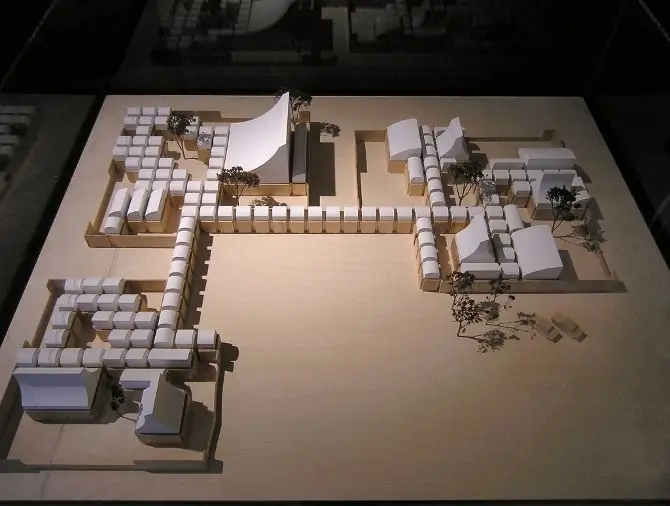
The creation of architectural models has always been a very costly process that requires the participation of highly qualified specialists. In the 21st century, technologies came to this area: 3D printing, virtual prototyping and augmented reality.
Prototyping in information technology
The design of complex information systems is also not complete without a prototyping stage. A prototype of a website or smartphone application is made in order to visually demonstrate or test the arrangement of all functional areas of the workspace on the screen under different scenarios. Prototyping in this case becomes the most important element of the user interface development process.
In the simplest case, a prototype of a website or mobile application can be created on a piece of paper, marking all the important elements with rectangles. In addition to the simplicity of creation, this method is convenient for demonstrating development to the customer. However, today, prototyping user interfaces on paper is a thing of the past. There is a whole class of specialized programs and development environments for prototyping and working with it. They allow not only to move interface elements on the screen, but also to imitate their behavior. Buttons in such a program can be pressed, and a click can trigger the planned transition.
An overview of prototyping tools for creating websites and applications
AXURE
AXURE is the best known prototyping tool for websites and mobile applications. Requires installation on the developer's computer (there are versions for Windows and MacOS). Very functional development environment. Allows you to create user routes, wireframes, flowcharts. Supports drag-and-drop and templates for making changes to multiple pages at once. It is possible to create groups and work on one project as a team. Allows testing of prototypes.
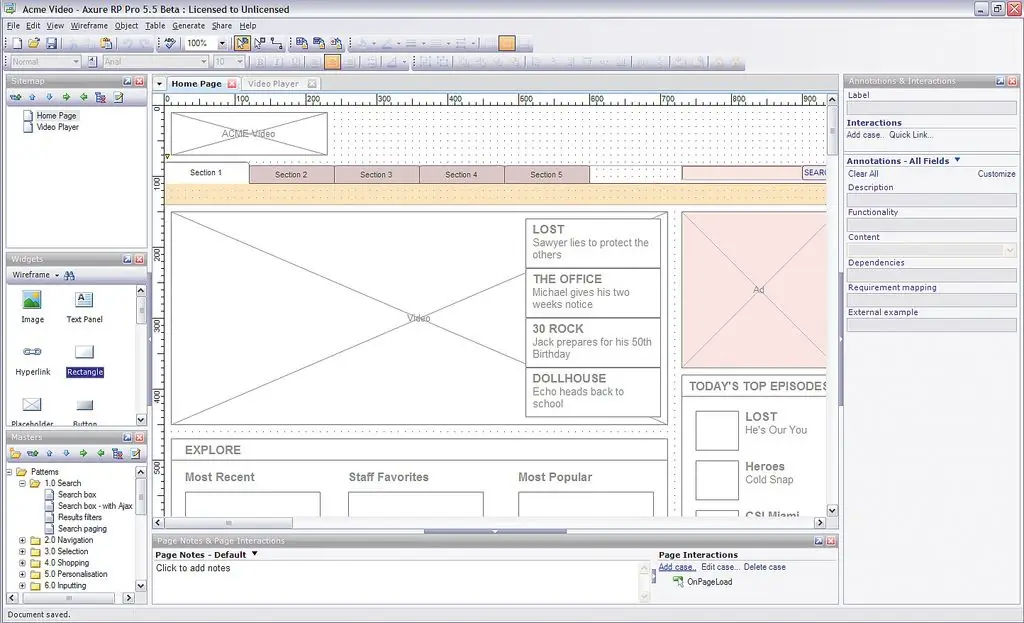
AXURE is one of the most expensive products among its analogues. With its help, you can quickly create prototypes, edit them, but it is difficult to work remotely with a customer or a specialist who does not have this program installed.
Proto.io
Proto.io is a web application. Allows you to very quickly create layouts using a library of controls. Items are synced via Dropbox. To work with the customer, both special free accounts and the generation of links to the project demonstration are provided. There are applications for demonstrating layouts for Android and iOS.
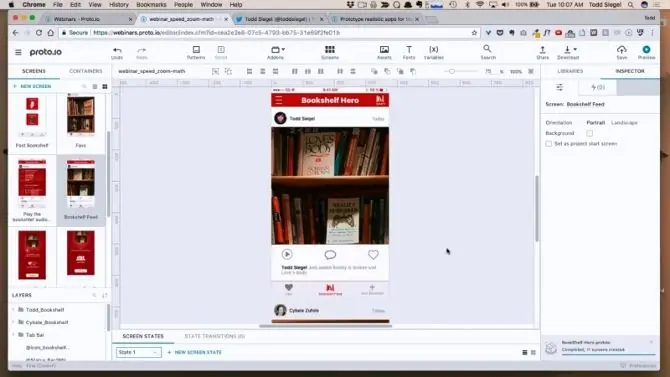
Work in the web environment is paid. All projects are saved in the Proto.io cloud. In case of non-payment of the account, access to them is lost.
Origami Studio
Origami is a completely free environment from Facebook. It is a development environment for MacOS. Built on Facebook's design ideology. Supports interactive interaction with controls. There is a large library of ready-made prototypes. The main drawback is that it does not work under Windows.
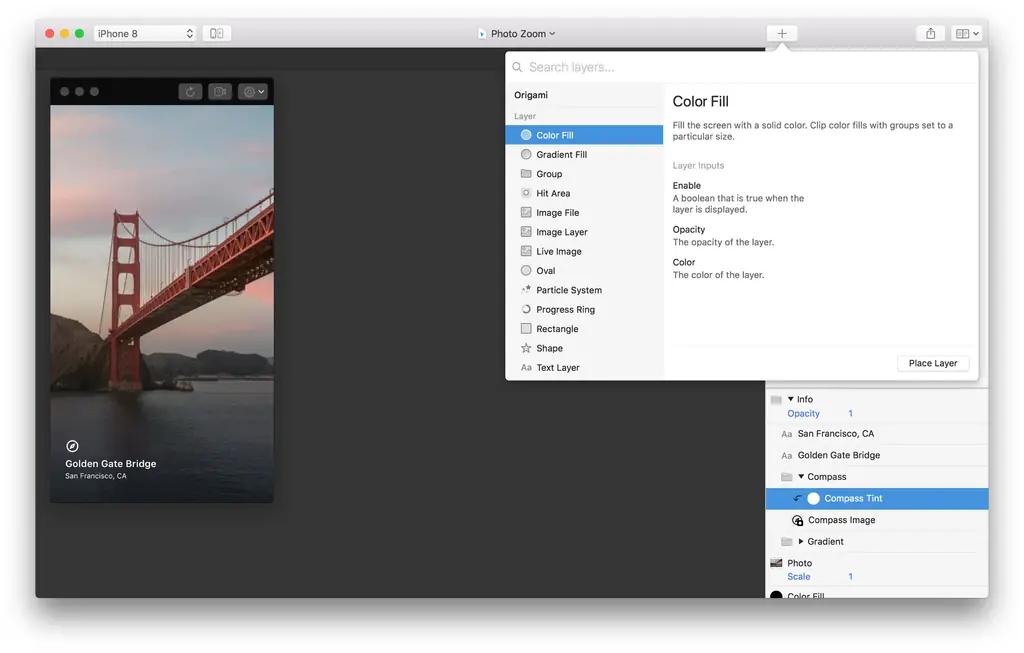
The market segment for prototyping and user interface design tools is growing rapidly. New products regularly appear on it that can help in creating functionality that until recently seemed like science fiction. Similarly, in other areas of technology today it is no longer possible to imagine the design and creation of new products bypassing the prototyping stage.

